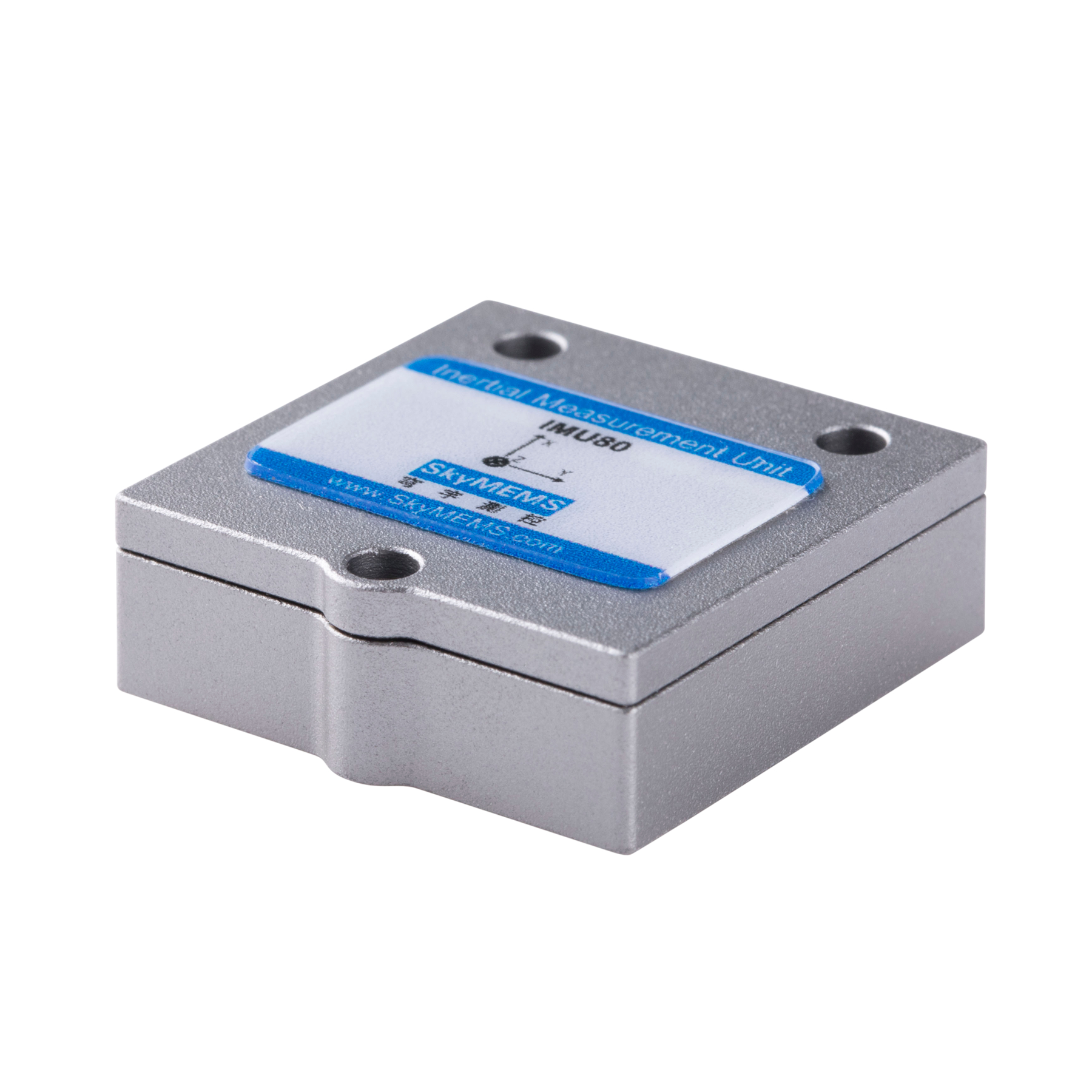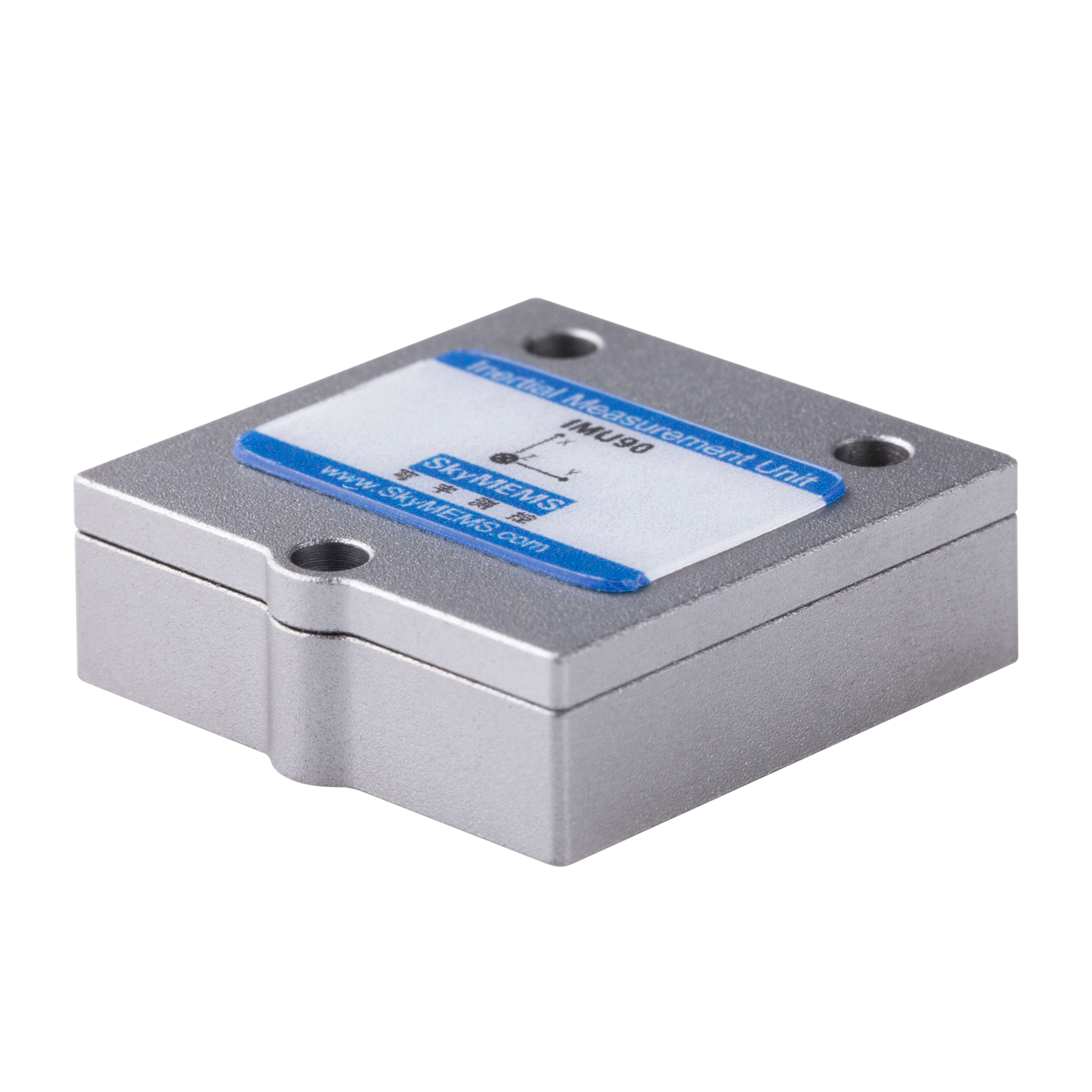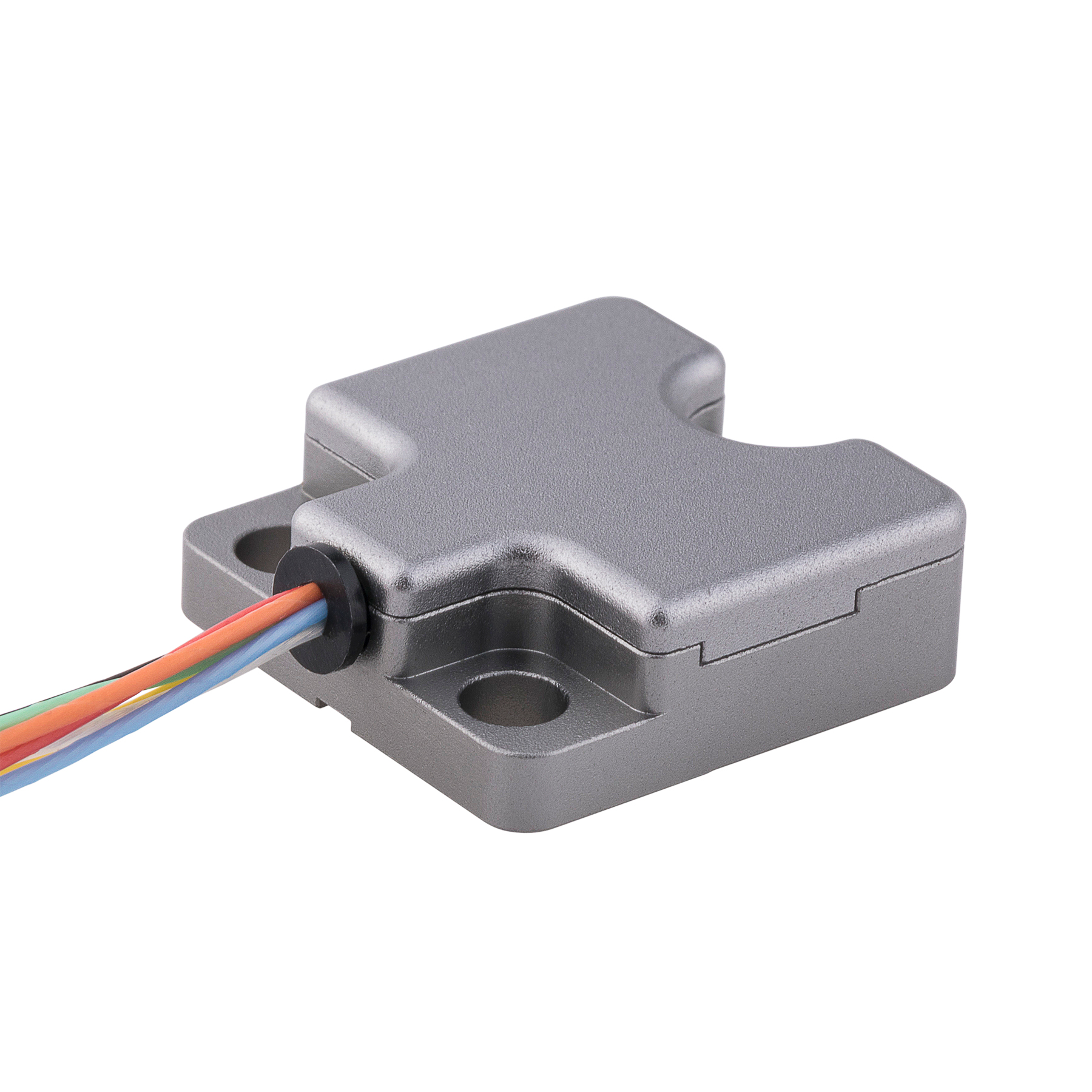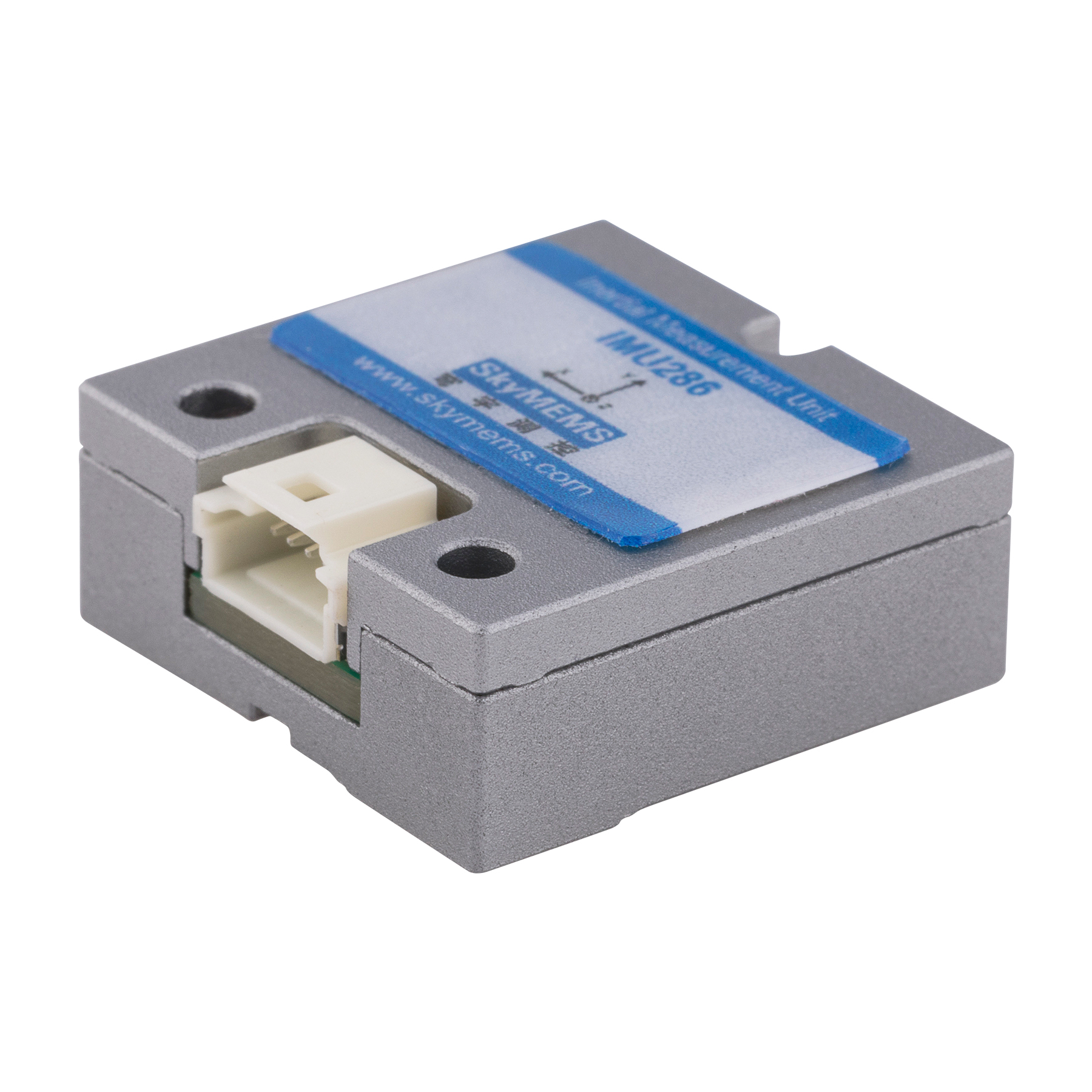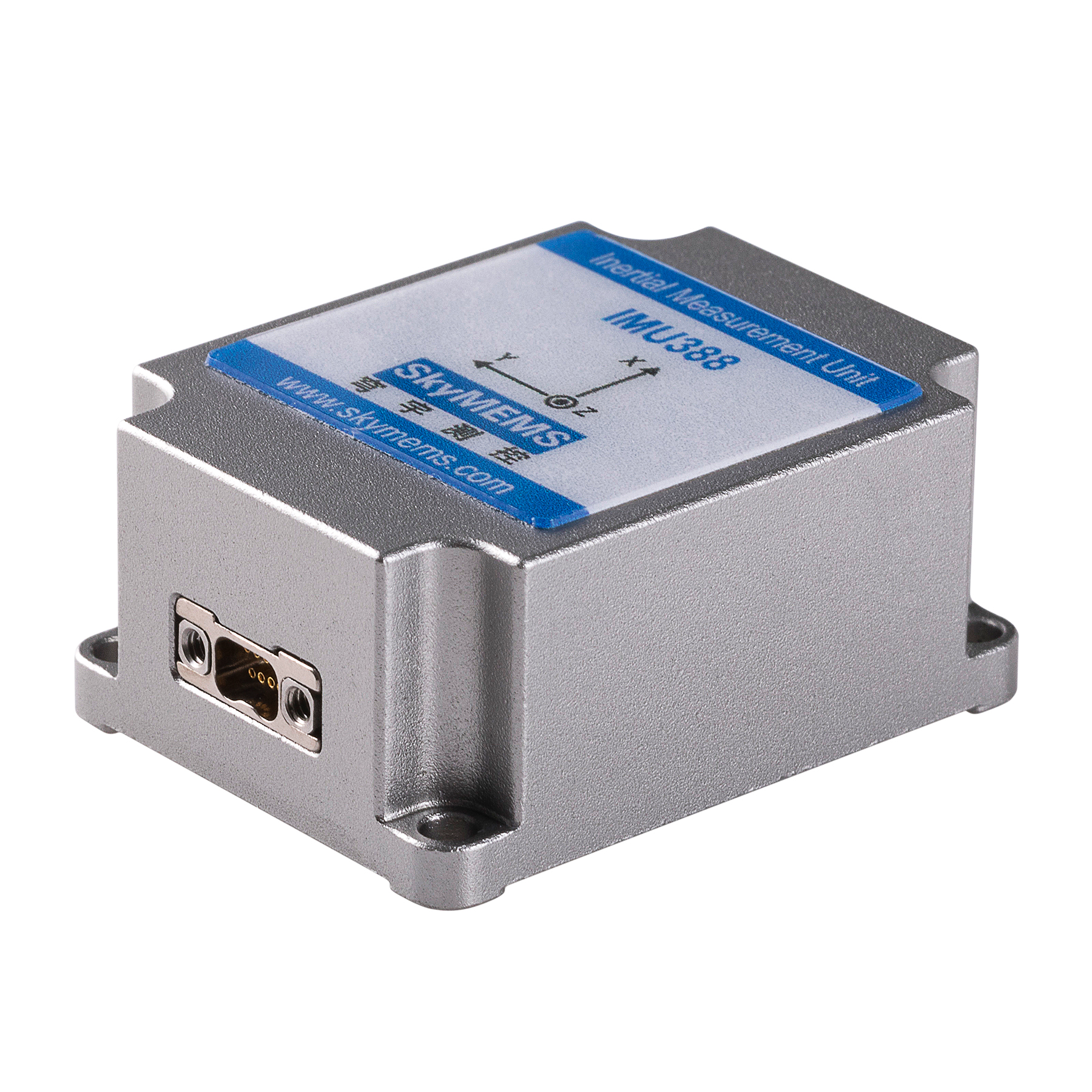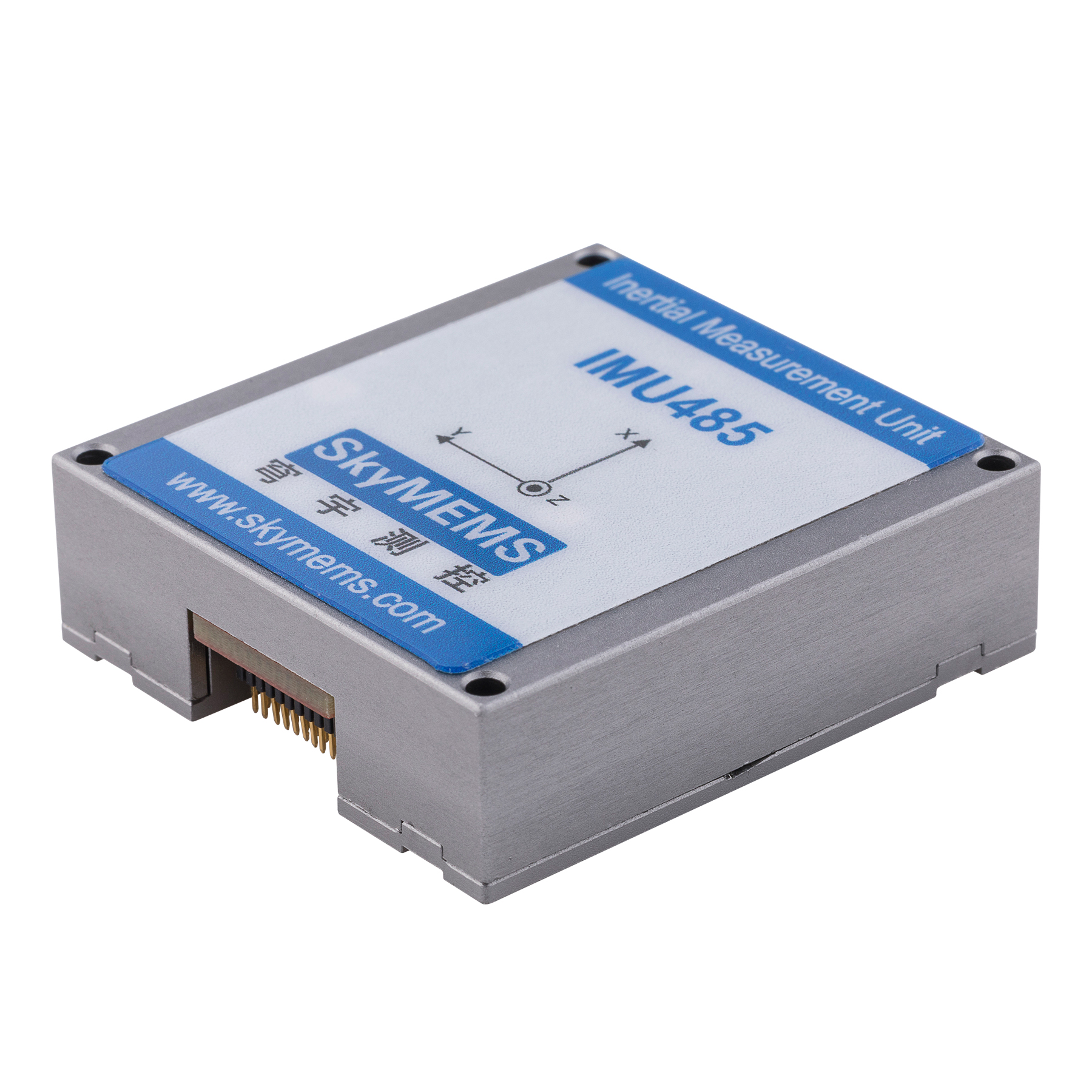The world of marine navigation has undergone a significant transformation over the past few decades with the introduction of advanced technological innovations. One such innovation that has revolutionized the marine industry is the vertical gyro system. A vertical gyro system is an essential instrument used for navigation, providing accurate and reliable readings of a ship’s pitch, roll, and heading. In this article, we will discuss the importance of vertical gyro systems and the latest advanceme3nts in this technology.
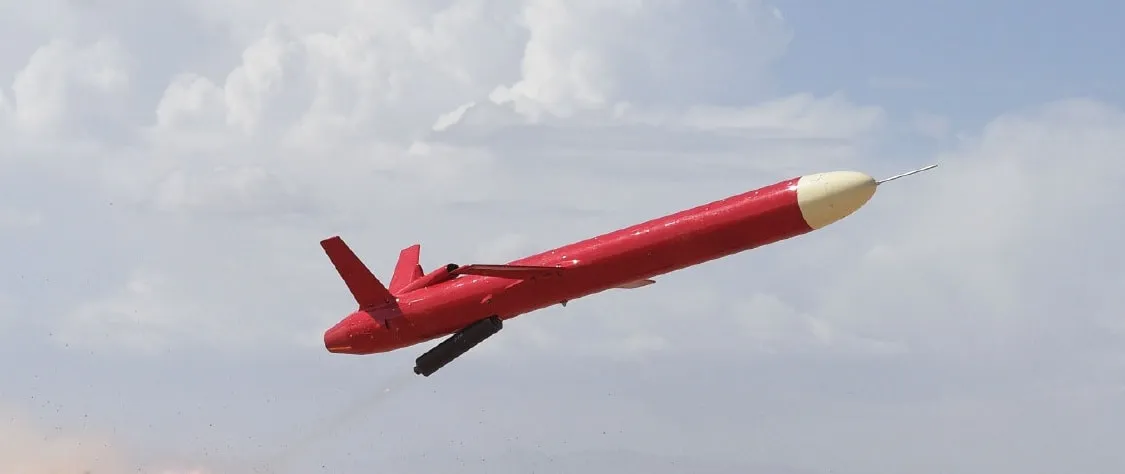
The Basics of Vertical Gyro Systems
A vertical gyro system, also known as a gyrocompass, is a sophisticated navigation instrument that uses a spinning gyroscope to detect the direction of true north. It works on the principle of gyroscopic precession, which causes the gyroscope to maintain its orientation as it rotates. This ensures that the gyrocompass always points towards true north, regardless of the ship’s movement or the Earth’s rotation.
One of the primary advantages of vertical gyro systems is that they provide highly accurate and stable readings of a ship’s heading. They are not affected by magnetic interference, which is a significant drawback of traditional compasses. Additionally, they can compensate for a ship’s pitch and roll, making them an ideal navigation tool for ships that operate in rough seas.
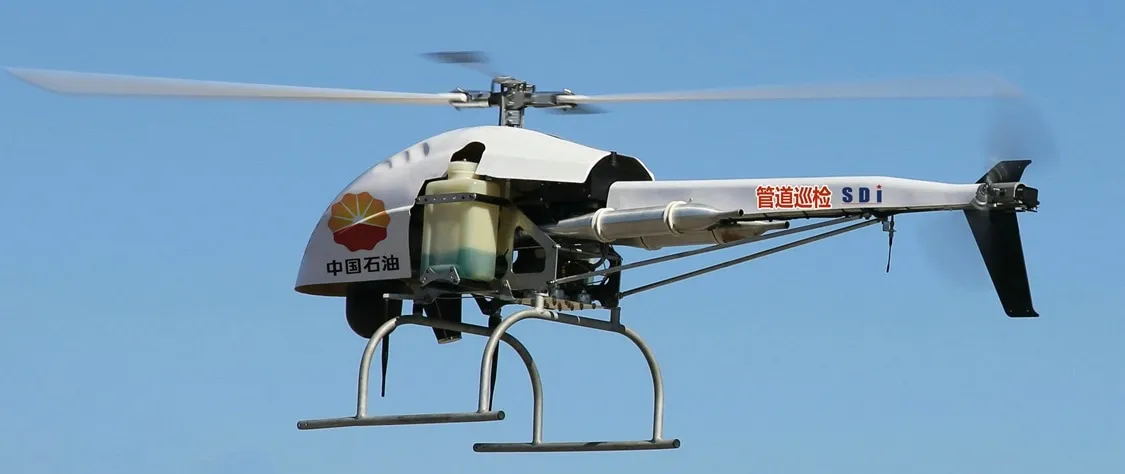
The Latest Advancements in Vertical Gyro System Technology
In recent years, vertical gyro system technology has undergone significant advancements, improving the accuracy, reliability, and ease of use of these instruments. One such advancement is the integration of digital signal processing technology, which allows for more accurate and faster data processing. This has improved the performance of modern gyrocompasses, making them more reliable and easier to use.
Another development in vertical gyro system technology is the introduction of dual-axis gyrocompasses. These instruments have two gyroscopes mounted perpendicular to each other, allowing them to detect both pitch and roll simultaneously. This results in more accurate readings and improved stability, making them ideal for use in rough seas.
A third advancement in vertical gyro system technology is the integration of GPS technology. This allows the gyrocompass to determine its location and track its movements more accurately. This integration has improved the accuracy of gyrocompasses, making them a more reliable navigation tool for ships.
Benefits of Using a Vertical Gyro System
Vertical gyro systems offer several benefits to ships and their crews. Firstly, they provide highly accurate and stable readings, ensuring that ships stay on course, even in rough seas. Secondly, they are not affected by magnetic interference, which makes them more reliable than traditional compasses. Finally, they are easier to use, with modern systems featuring digital displays and user-friendly interfaces.
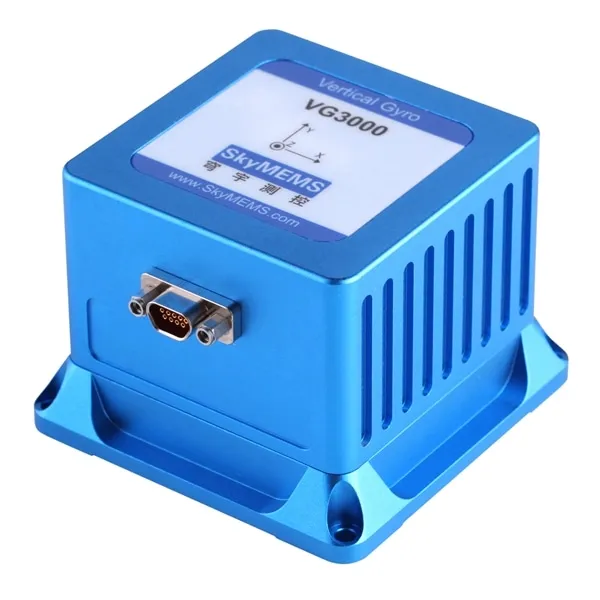
Real-world Applications of Vertical Gyro System Technology in Different Industries
Vertical gyro system technology has a wide range of applications across various industries, including aviation, marine, defense, and transportation. In aviation, vertical gyros are used to measure the aircraft’s pitch and roll angles, providing accurate information for pilots to control the aircraft’s orientation and adjust its altitude.
In marine navigation, vertical gyro systems are used to provide precise heading information, especially in rough seas where other navigational instruments might experience errors due to motion-induced disturbances. They can also be used to stabilize shipboard equipment such as radar or missile launchers.
The defense industry is another sector that benefits from vertical gyro technology. Gyroscopes are essential components in many military systems, such as guidance systems for missiles and precision munitions, satellites for reconnaissance and communication, and inertial navigation systems for vehicles and aircraft.
In transportation, vertical gyro systems can be used in autonomous vehicles to provide accurate orientation data, particularly when GPS signals are weak or unavailable. This technology can enhance the safety and reliability of self-driving cars and trucks, making them more viable options for future transportation systems.
Future Developments and Potential of Vertical Gyro System Technology
As with most technologies, vertical gyro systems continue to evolve and improve over time. One area of potential development is the integration of gyroscopes with other sensors, such as accelerometers, magnetometers, and GPS receivers. This combination of sensors could provide even more accurate and reliable position and orientation information, particularly in challenging environments.
Another potential improvement is the use of micro-electromechanical systems (MEMS) technology, which could make gyroscopes smaller, lighter, and less expensive than traditional mechanical gyroscopes. This would expand their potential applications, particularly for unmanned aerial vehicles (UAVs) and other small-scale systems.
Conclusion
In conclusion, vertical gyro systems are an essential instrument for modern-day marine navigation. They provide accurate and reliable readings, are not affected by magnetic interference, and can compensate for a ship’s pitch and roll. With the latest advancements in technology, vertical gyro systems are now more accurate and reliable than ever before. Investing in a high-quality vertical gyro system can help ships stay on course and navigate the high seas with precision.





